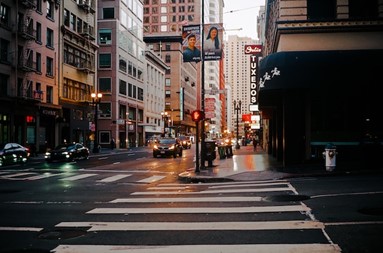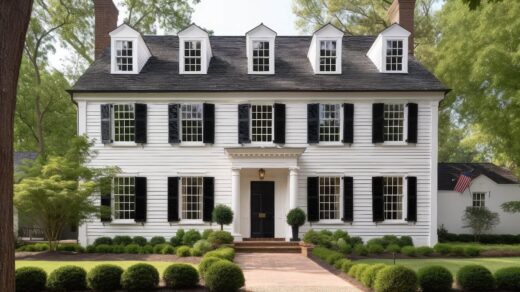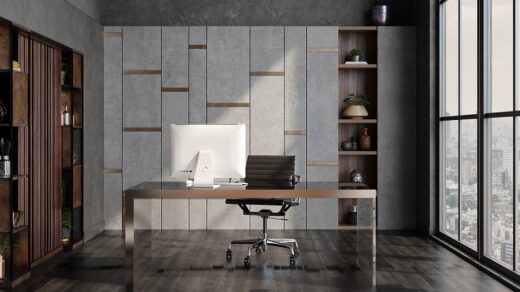
Urban design is a topic with plenty of sprawl to consider. However, there is perhaps no more crucial aspect to understand than the architecture and planning that goes in to creating a great design. Below, David DeQuattro examines the role of planning and architecture in urban design.
Urban design is different from other design approaches because it incorporated the planning and architecture that focuses on improvement of physical and non-physical attributes. For example, some physical changes may be for safety in an urban building, while non-physical aspects focus on creating a sense of beauty.
In this article, we’ll cover the role of planning as well as architecture in urban design. By the conclusion, it will be clear what makes urban design different than other design categories are the steps taken to plan, as well as the focus on architecture and it’s uses. Let’s get started.
How Urban Design Differs from Others
Many who consider the topic of urban building will associate the term “urban planning” with the process. However, this design is different from urban planning in terms of goals.
Urban planning is meant to focus on adhering to policies and regulations according to the area the development is going to occupy. Essentially, urban planning is focused on following the rules of the area and making the most of resources.
On the other hand, urban design has a different connotation. Planning is still involved, but the focus of that planning is on improving both the function of the location and the way it looks or is perceived by those living nearby.
Instead of paying close attention to building ordinances and state law, urban design begins its planning stage by considering some less tangible qualities, such as what a building will look like.
Some of the ways that urban design shows this change in planning and attention to architecture are listed below:
- Attention On Nature – Studies show that spending time outside, or even interacting with outdoor elements like sunlight or the sight of the sky while indoors, is helpful in improving a person’s emotional and mental state. Urban design keeps this in mind in park areas as well as the overall layout of business and home buildings.
- Safety – Though many ordinances taken into consideration with urban design are in place for the safety of the public, urban design takes an architectural approach to the same problem.
- Social Engagement – Much of the planning for architecture and general space considered in urban design is geared toward encouraging social interaction that is positive. This can look like amphitheater areas incorporated into parks, or natural seating around a city.

In Conclusion
One of the most important elements an architect can consider is the role of architecture and planning in urban design. In fact, the focus and attention while planning are the main ways that urban design is set apart from urban planning.
While this and other approaches to creating a city are focused more on the legislative side of the problem, urban design accomplishes the same goals while adding non-physical benefits to the mix. Some of these include, as discussed above, space for socially engaging with the community and improving mental health.



